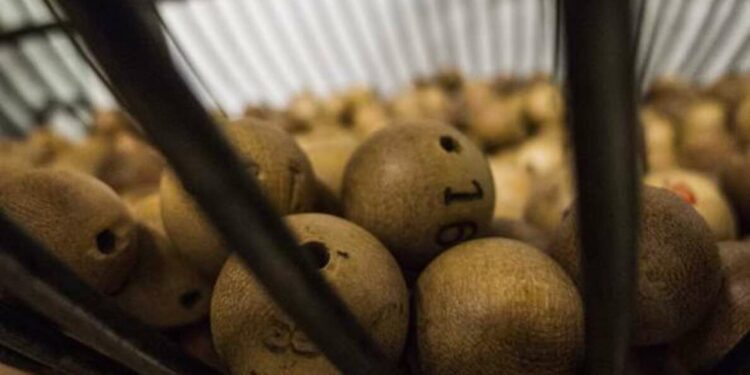Satta Matka, a popular form of betting in India, has evolved over the years to become an integral part of the country’s culture. Stemming from a mixture of luck and skill, this game has captivated millions with its thrill and excitement. In this article, we delve into the origins and history of Satta Matka, tracing its roots back to pre-independence India. We also explore how this game has evolved over time, adapting to changing social dynamics and technological advancements. Furthermore, we provide insights into how to play Matka works for those curious about trying their luck with this game. Join us on a journey through time as we uncover the fascinating evolution of Satta Matka in India.
The Beginnings of Satta Matka
Satta Matka started in the 1960s in the bustling city of Mumbai (formerly Bombay). Initially, it was known as “Ankada Jugar,” A form of betting centred around predicting the closing and opening rates of cotton traded on the New York Cotton Exchange. The game gained immense popularity among the mill workers and quickly spread across the city.
However, with the closure of the New York Cotton Exchange in 1961, the game underwent a transformation. Ratan Khatri, a migrant from Sind, Pakistan, introduced a new variant of Ankada Jugar called “Matka.” The term “Matka” refers to the earthen pot used to draw numbers in the game. This innovation marked the birth of Satta Matka as we know it today.
The Mechanics and Popularity of Satta Matka
Matka quickly captured the imagination of the individuals, offering a thrilling betting experience with potentially huge payouts. The game involved selecting numbers from 0 to 9, which were written on pieces of paper and placed inside a Matka. A person would then draw three numbers from the Matka, forming a winning combination.
To keep the game fair and transparent, the winning numbers were often drawn in public places, attracting large crowds. These draws were held multiple times a day, creating an atmosphere of excitement and anticipation among the participants. The winners were rewarded with hefty sums of money, providing an opportunity for financial upliftment for some.
The Influence of Organized Crime
As the popularity of Satta Matka soared, so did the influence of organized crime syndicates. The mafia saw an opportunity to control the game and manipulate its outcomes for their own benefit. They started to rig the Matka draws, ensuring that only a select few would win, while the majority of participants faced financial losses.
This led to increased scrutiny from law enforcement agencies, and in 1965, the government of Maharashtra banned the practice of Satta Matka. However, the ban did little to curb its popularity. The game continued to thrive underground, with the mafia running illegal Matka dens across the city.
The Golden Era and Government Crackdown
In the 1980s and 1990s, Satta Matka reached its peak, attracting millions of players and generating enormous revenue. The game had a significant impact on Mumbai’s economy, with large sums of money flowing through the underground betting network. This period also witnessed a rise in violence and gang rivalries, as different factions fought for control over the lucrative Matka business.
In the early 2000s, the government took decisive action to curb the influence of Satta Matka and its associated criminal activities. Raids were conducted on Matka dens, and many key operators were arrested. The legal repercussions and growing awareness of the social and economic consequences of betting led to a decline in the popularity of Satta Matka.
Satta Matka in the Digital Age
Today, while the glory days of Satta Matka may be behind it, the game still has a dedicated following. With the advent of the internet and online betting platforms, Satta Matka has found a new lease of life. Several websites now offer virtual Matka draws, enabling enthusiasts to participate in the game from the comfort of their homes.
Reflecting on the Evolution of Satta Matka
The evolution of Satta Matka reflects the complex relationship between betting and Indian society. It has witnessed highs and lows, influencing the lives of countless individuals along the way. While the game carries a stigma of being associated with crime and illegal activities, it is important to note that betting, including Satta Matka, may be illegal or regulated in certain jurisdictions. It is crucial to comply with local laws and regulations.
Satta Matka has left an indelible mark on the cultural fabric of India. It has provided moments of excitement, hopes for financial prosperity, and a sense of community among its players. However, it has also been associated with criminal activities and social harm. The government’s actions to crack down on Satta Matka were aimed at curbing these negative consequences and protecting the well-being of the people.
Conclusion
The origins and history of Satta Matka in India showcase a fascinating journey of evolution. From its humble beginnings as Ankada Jugar to its transformation into Matka, the game has left an indelible mark on Indian society. While it faced challenges due to criminal involvement and government crackdowns, Satta Matka has adapted and found new avenues of existence in the digital age.
The story of Satta Matka serves as a reminder of the complexities surrounding betting and the need for regulation to protect individuals from potential harm.
As society continues to evolve, so too does the landscape of betting. Understanding the origins and history of Satta Matka provides insights into its cultural significance and the lessons learned from its tumultuous journey.




Discussion about this post